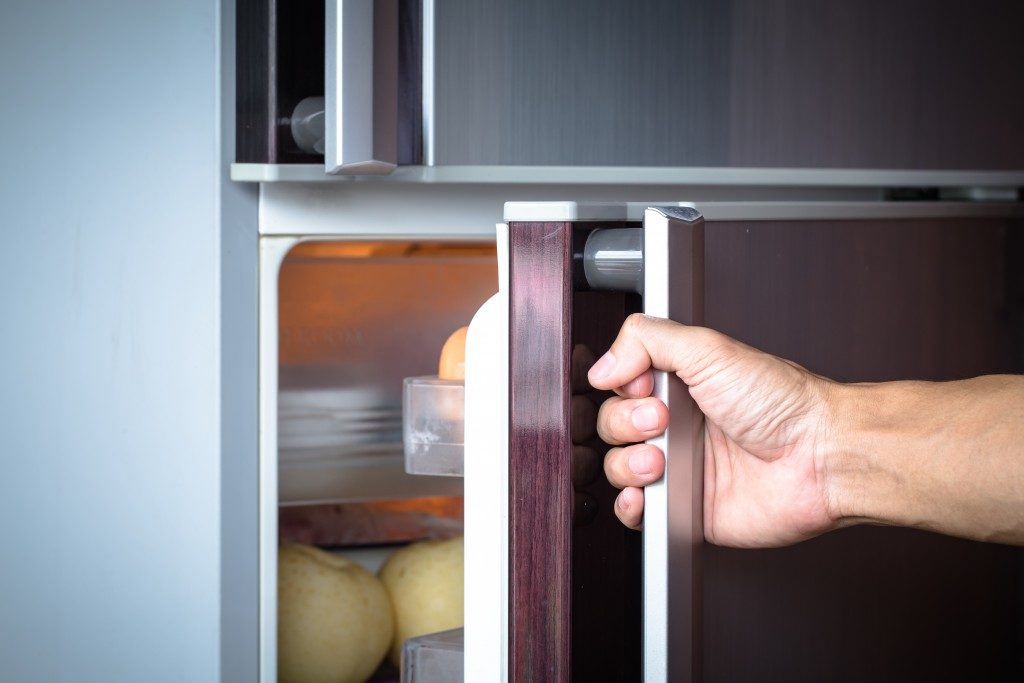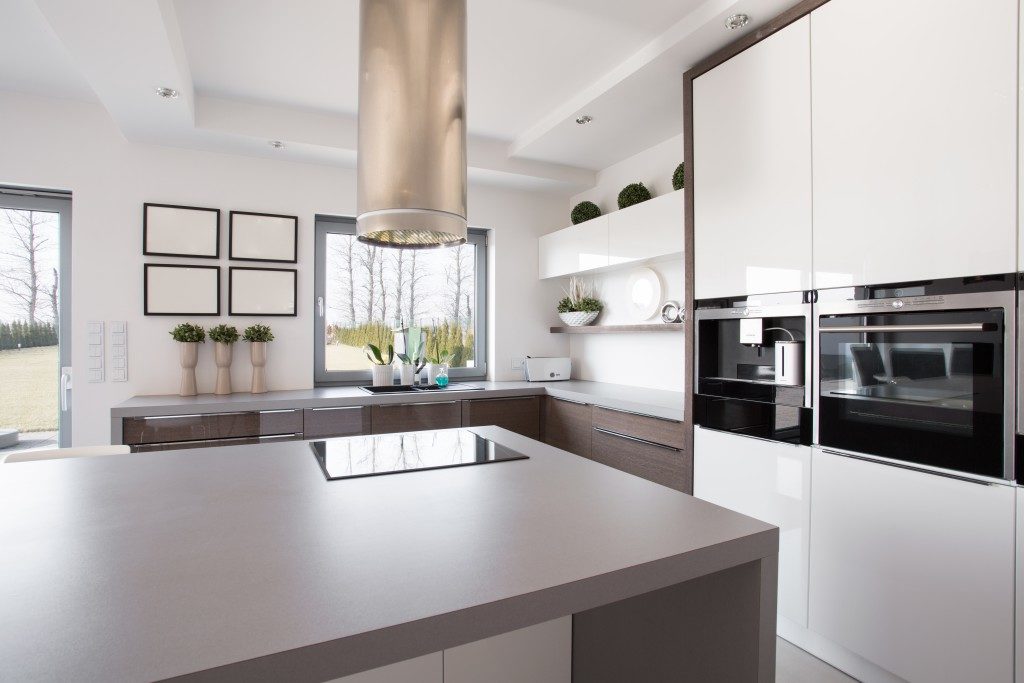Among the appliances in your kitchen, the refrigerator is one of the most frequently used. Not only does it run nonstop, but it’s also the most accessible. Because of its frequent usage, it’s easy to overlook certain practices that do more harm than good.
What could you be doing wrong?
1. You clean the inside and stop there
You clean spills and leaks inside your fridge and do nothing else. Cleaning your fridge should include the inside and outside parts. Yes, including the condenser coils located at the back (or below) your fridge.
These large, radiator-shaped coils are responsible for removing heat from refrigerators and freezers. Coated with dirt and dust, it becomes harder for it to remove heat. As a result, it increases energy consumption because the fridge needs to work harder to regulate heat. This can lead to performance problems in the future and costly repairs.
Clean the condenser coils at least twice a year to ensure proper maintenance. If after doing this you still think your fridge is consuming high amounts of energy, have it repaired at your local appliance centers right away.
2. You overstock it
Fridges are for stocking food and perishables, sure. But when all of your shelves and nooks are full to the brim, it makes it harder to keep the temperature inside cool. With the temperature fluctuating, the food may spoil faster.
A near empty fridge won’t do you any good either. To keep your fridge running efficiently, leave some space for air to circulate inside. Research shows that a fridge should be about three-quarters full to allow cold air to circulate unhindered and prevent pockets of heat from forming.
3. You keep the temperature too low
You might feel like your refrigerator is set to “too cold” and turn the thermostat to a higher setting, unknowingly hastening food spoilage and growth of harmful bacteria.
Keep your fridge at 37 degrees Fahrenheit and your freezer at 0 degrees. That way, it’s cool enough to slow the growth of harmful bacteria and warm enough without food spoiling.
4. You don’t check the door seals
Closed fridge doors don’t always mean they’re sealed. You should always check the rubber seals around the doors if they’re plastered completely to the entrance. If not, then this lets cold air escape. It also wastes energy since your fridge has to work harder to get all that cold air back in circulation.
5. You store food haphazardly

You mix vegetables and fruits in the vegetable tray, and keep meat, milk, and opened containers in one shelf. You might even store leftovers in the fridge when they’re still warm.
Always check your fruits and vegetables for spoils. When you leave an overripe fruit or vegetable next to others that aren’t, you’re setting them up for premature spoilage. This is because spoiled fruits and veggies release ethylene, a ripening gas. It also causes unwanted odors to inhabit the shelves in your fridge.
Warm leftovers on the other hand mess with the cool air circulating within and risk bacteria to multiply among the other meals stored next to it. Similar to having the thermostat turned high, warm leftovers make the fridge work twice as hard to keep the temperature inside cool and balanced.
To prolong your fridge’s lifespan, work on regularly maintaining the appliance. Not only does this keep your food safe and chilled, but it also saves you thousands of dollars from having to replace a broken one.



